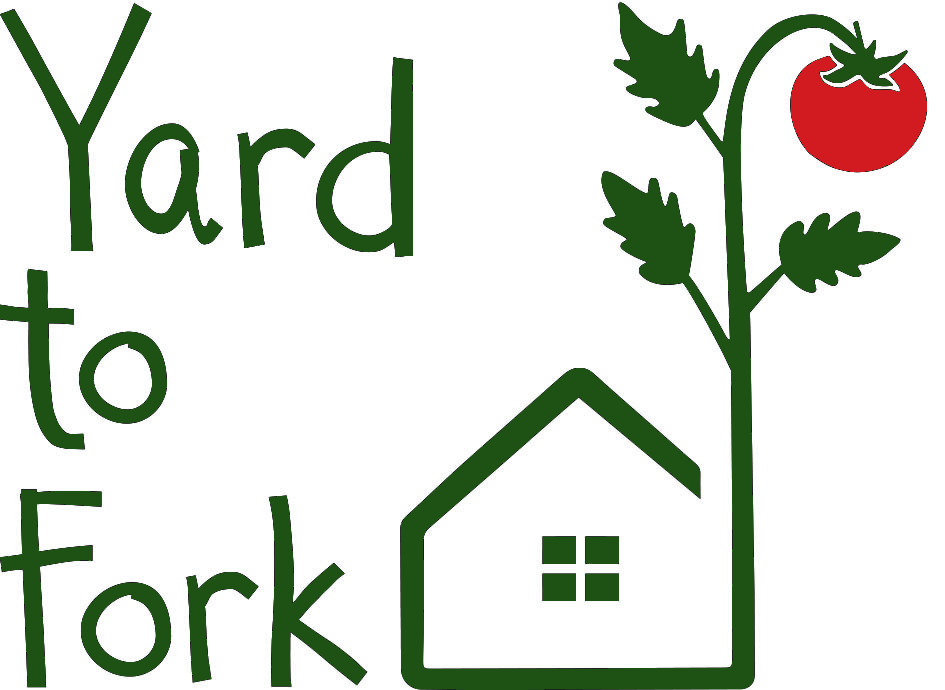The Truth Behind Dwarf and Semi-Dwarf Fruit Trees
/The concept seems simple: you’re interested in buying a fruit tree, and you don’t want it to get too big, so you want to find a dwarf, something that has had its growth stunted. But then come the details. What exactly does dwarfing a tree mean? How can you tell the size differences? Will they need special pruning? Let’s break these questions down and get to the root of what makes a tree a dwarf!
It is actually getting harder and harder to find non-dwarf, full-size fruit trees on the consumer market, due to their size. Most fruit trees in their standard form grow quite tall, usually between 20 and 30 feet. Having such a large tree to manage and harvest is more practical in a sun-drenched commercial orchard, where equipment is specialized, and sometimes automated, to help get up high for branch thinning and picking out-of-reach fruit. And if you’ve taken a ride down Highway 50 towards the Bay, or I-5 through the Sacramento Valley, you’ll notice that most orchards don’t let their trees get even that tall.
But in the average backyard, planting a tree this large is a major consideration, having to take into account nearby trees, powerlines, fences and houses, available sunlight, the list goes on. So for many generations, fruit tree growers have been developing root stocks that stunt the full size of fruit tree varieties, for ease of growing in urban settings. It’s rare to find a fruit tree grown from seed these days; all the dwarf and semi-dwarf trees you’ll find at the nursery are scions, which are small saplings of specific varieties that have been pruned off and grafted onto specific root stocks. The young trees growing from the root stocks have in turn had their native saplings cut at the base. The freshly-cut scion is then grafted onto the freshly topped root stock, and when the two grow together, a new fruit tree is formed.
There are a number of specific rootstocks for all kinds of fruit trees, and new varieties are being developed all the time. Each one has specific qualities that usually do two things: help trees resist diseases, and limit the full size of the tree, in effect dwarfing its maximum growth height and width. Some dwarf rootstocks are known as “true dwarfs,” which stunt the fruit tree’s growth a considerable amount, usually to a total height of somewhere between 4 and 8 feet. However, the smaller the tree, the less fruit will develop, which is the true dwarf’s main disadvantage. And, with wind, rains, the reliability of pollinators, etc, you’re never guaranteed to have every flower turn into fruit. For these reasons, true dwarfs are best for extremely small in-ground spaces, or even large pots, as you often won’t need to prune the tree for size at all.
The most common fruit trees available are known as semi-dwarf. Chances are that if your fruit tree has been purchased in the last 50 years, it’s growing on a semi-dwarf root stock, which increased in popularity and development after World War 2. This is where paying attention to the details comes in: each rootstock variety limits the tree to a specific size, and not all semi-dwarf sizes are the same. Some stocks have a 10-12 foot limit, while others have a 15-20 foot limit. Each one of these size limits is intentionally developed for specific situations, so it’s essential to select your growing site beforehand and imagine how large you would like the tree to get in that space, considering all the nearby plants and structures, the sun’s path and available light, and the ease of access you’ll have to harvest and prune the tree. It is common for new fruit trees at nurseries to have root stock tags attached, which usually give the name of the rootstock, the diseases it helps to prevent, and the maximum size of the tree. If those are missing, a quick browser search of the tree variety and company name will usually call up the info.
However, the truth is, a fruit tree does not have to be on specific stock to be pruned to the height and size that you prefer. For example, let’s say you can’t let your new fruit tree grow above 6-8 feet, but the variety that you love is only available on a 15-20ft rootstock that year. It’s not a problem, as long as you’re willing and able to keep the tree pruned down to the size you need to keep it at. Any tree, no matter the maximum size, can be kept at a specific size with adequate pruning. The advantage of a semi-dwarf rootstock is that, even if you don’t keep up with the pruning and the size gets away from you, it can be expected to stay within manageable size.
An additional note on pruning: it is a general rule that the majority of the fruit that grows above what we can easily reach will go to waste, either from falling to the ground or being eaten by birds and other critters. If you’re an avid fruit harvester and willing to go above and beyond to salvage fruit at the tops of taller trees, this may not be an issue. Or, if you’re also using the tree as a visual screen or for shade, fruit access might be a secondary consideration. However, for most situations, keeping fruit more or less within arms reach is a better prospect. For this reason, we recommend keeping fruit trees topped out in the range of 6-10 feet, regardless of the tree’s potential size. This also helps keep the actual pruning manageable, especially when identifying broken or damaged limbs, and allows for easier viewing of potential pests and conditions.
Adding fruit trees to an edible landscape is wonderful, and with a huge variety of available rootstocks to choose from, you can usually find a tree that fits any growing situation. If you have further questions, ask us how you might want to incorporate fruit trees into your home, or how you might keep existing fruit trees pruned into a more agreeable shape!




